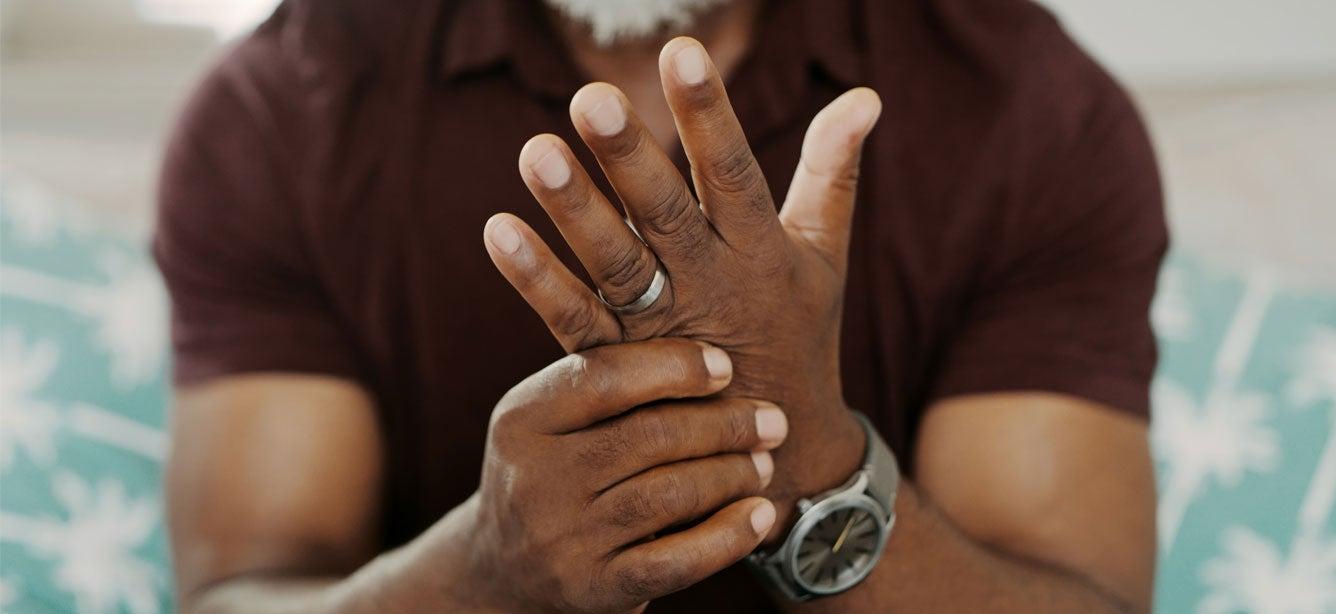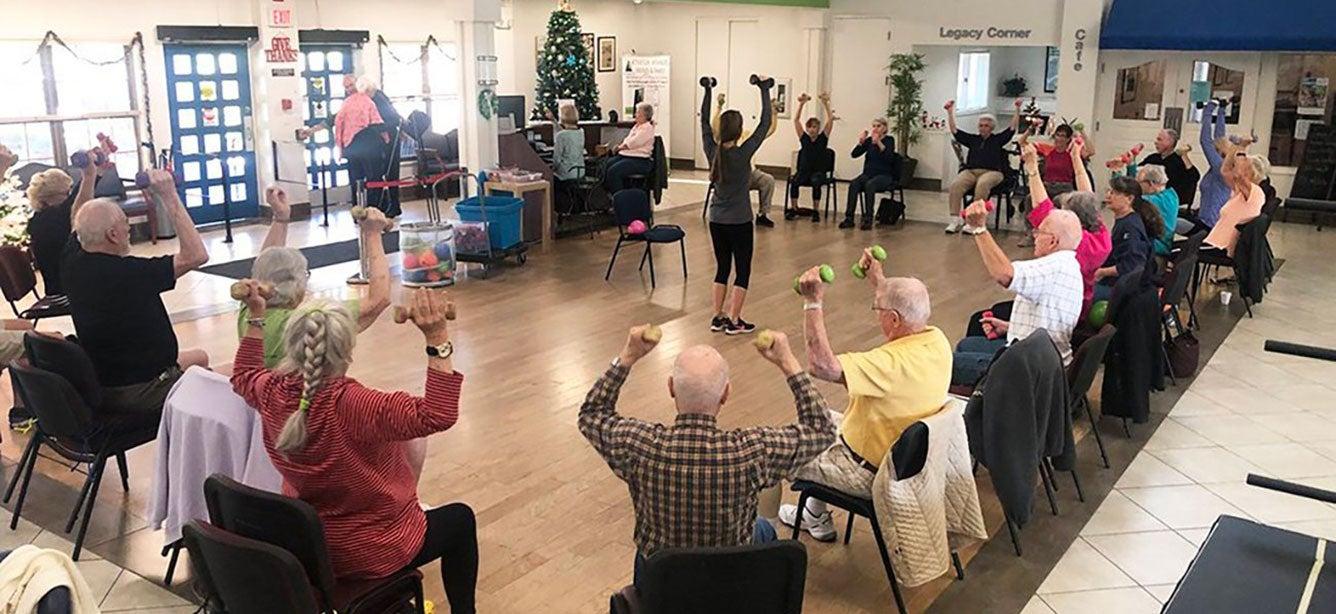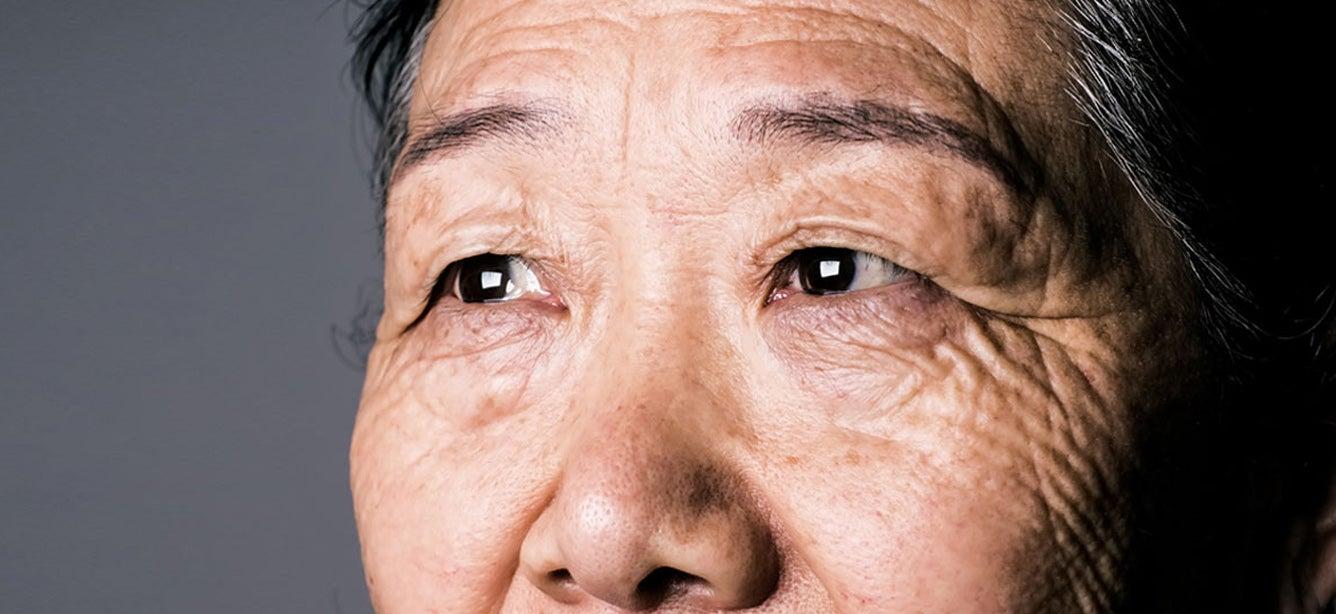
Having strong, healthy bones is important at any age. As we grow older, diminished bone density can lead to osteoporosis—a potentially debilitating disease that increases the risk of fractures. This chronic condition can cause pain and disability and make it challenging for older adults to perform everyday activities. Osteoporosis shouldn’t be confused with osteoarthritis, a degenerative joint disease characterized by pain and inflammation.
Osteoporosis is often called a “silent” disease that produces no symptoms. It may progress for many years undetected, until a broken bone, or fracture occurs. These fractures can compromise an individual’s ability to walk, cause deformities and loss of height, and dramatically lower quality of life. Osteoporosis may even indirectly lead to death, since fractures and related complications can cause an older person’s health to quickly deteriorate.
How common is osteoporosis, and who is most at risk?
- Osteoporosis affects over 50 million people in the U.S.1
- Although this disease happens in both men and women, women are four times more likely to develop it than men.1
- Osteoporosis risk climbs with age; many women begin to develop it around menopause.2
- While osteoporosis can affect any bone, the bones most commonly affected by osteoporosis-related breaks are the hips, wrists, and spine.1 Each year nearly 319,000 older Americans are hospitalized with hip fractures.3
- Non-Hispanic white women and Asian women are most likely to get osteoporosis.2
NCOA's role
The National Council on Aging (NCOA) works to empower older adults and their caregivers and providers to take action to prevent osteoporosis, falls, and broken bones.
National Falls Prevention Resource Center
NCOA leads the National Falls Prevention Resource Center, which supports awareness and educational efforts about falls and promotes evidence-based falls prevention programs and strategies across the nation. Part of the Center’s efforts include leading the Falls Free® Initiative, a national effort to address the growing public health issue of falls, fall-related injuries, and deaths, and the Falls Free CheckUp, an online tool that helps check your risk for falling.
NCOA has partnered with Amgen to create educational resources about bone health and osteoporosis prevention strategies, and to share stories of how older adults have successfully managed their osteoporosis diagnoses.
Download and share this two-page handout highlighting the link between fall-related injuries and osteoporosis and how to take steps to prevent broken bones and falls.
For more information on how to build and maintain strong, healthy bones, check out eatright.org.
Sources
1. Cleveland Clinic. Osteoporosis. Found on the internet at https://my.clevelandclinic.org/health/diseases/4443-osteoporosis
2. National Institute of Arthritis and Musculoskeletal and Skin Diseases. Osteoporosis. Found on the internet at https://www.niams.nih.gov/health-topics/osteoporosis
3. Centers for Disease Control and Prevention. Facts About Falls. Found on the internet at https://www.cdc.gov/falls/data-research/facts-stats/index.html




